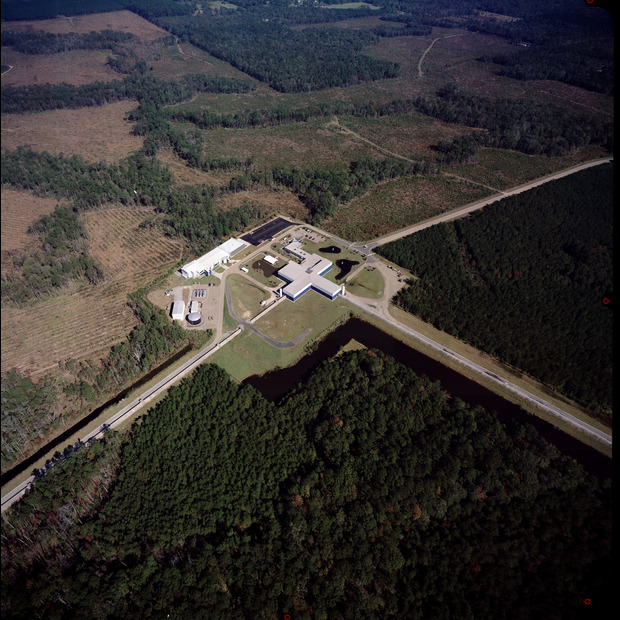Explanatory Article by ScienceAlert:
Update on Gravitational Wave Science
from the LIGO-Virgo Scientific Collaborations
The three observatories involved:
The two LIGO interferometers are located in fairly isolated areas of Washington (LIGO Hanford) and Louisiana (LIGO Livingston), and separated by 3,002 km (1,865 miles).
VIRGO is a giant laser interferometer operated in Cascina, near Pisa on the site of the European Gravitational Observatory (EGO), by an international collaboration of scientists from France, Italy, the Netherlands, Poland, and Hungary.
in Louisiana
in Washington state
near Pisa, Italy
How does the VIRGO laser interferometer work?
Here is an explanatory video:










No comments:
Post a Comment